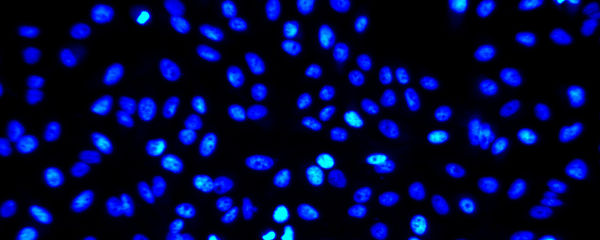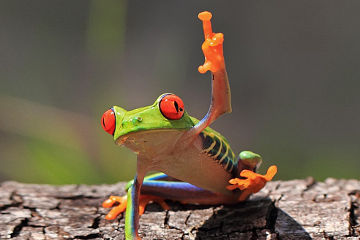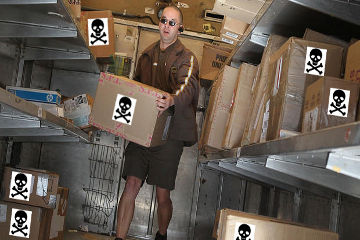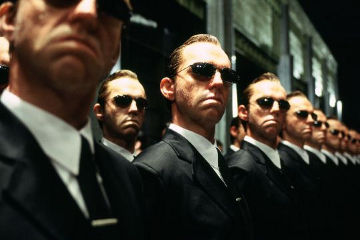What I’ve Learned:
“Kleptoplasty: the five-fingered photosynthetic discount.”
They say humans are what we eat. It seems to be at least figuratively true, as there are an awful lot of people who resemble walking stacks of lunch meat.
In the past, some cultures have decided to take the phrase more literally. Warrior tribesmen might eat the heart or brain of fallen foes to gain their power, strength and knowledge.
(Which frankly doesn’t seem particularly efficient. I mean, if those enemies had been smarter, stronger or more powerful, maybe they wouldn’t be the ones being served as appetizers.
I’m just saying, cannibals — maybe eat a dictionary instead. Or a rhinoceros. Think it through.)
These strategies never worked out so well for humans. But a handful of organisms actually can pick up desired traits — as opposed to love handles — from their food. These little critters basically cheat off someone else’s evolutionary paper, in a process called kleptoplasty.
Imagine for a moment you’re a lowly algal cell. Like most algae, you’re not much to look at, just a single-celled blob of schmutz bobbing in a scummy pond. Walking bologna? You wish you were walking bologna.
But you do have a couple things going for you. You’ve got a nucleus, for one. You might be able to swim around, or grow in filaments. Maybe you play a mean accordion; hey, I don’t know what sorts of hobbies algae have. But best of all, you have chloroplasts.
For those who slept through freshman plant biology — i.e., everyone — chloroplasts are little sacks of cellular goop that contain chlorophyll, which lets plants (and most algae) perform photosynthesis, or turning sunshine into energy. You and I don’t have chloroplasts, and we can’t photosynthesize, no matter how many bits of vanquished lettuce or seaweed or single-celled schmutzy algae we eat.
But a select few algae-eaters can.
Most of these chlorophyll filchers are single-celled creatures themselves, like certain dinoflagellates and ciliates. They manage to overwhelm an alga cell and break it down for energy, but they leave the chloroplasts intact. Sort of how we eat corn, and at the end of the digestive process, there’s still… corn.
But unlike corn poops, which are really only good for gross-out third grade homeroom jokes, saving those chloroplasts actually has a purpose. These swiped organelles are still functional inside the new cell, which means — for days, weeks or more — the conquering cell can now perform photosynthesis on its own. And that’s the magic of kleptoplasty.
The most complex known kleptoplastic organisms are Saccoglossan sea slugs, which are not exactly apex predators, but when you’re a smudge of algae, pretty much anything will eat you. The slugs go the extra mile and suck the algae’s chloroplasts out, storing them in digestive tract cells like a chipmunk stuffing its’ cheeks full of nuts.
So if you’re considering “practical cannibalism”, let this be a lesson: kleptoplasty is the way to go. Forget eating your enemies’ hearts or brains or gall bladders. And ditto for corn. All that stuff will get you nowhere.
What you want is to start a war with photosynthesizing pond scum, and eat all the algae you can get your hands on. If you’re lucky, maybe you’ll pick up kleptoplasty and take advantage of photosynthesis yourself. But probably, you’ll just get really, really sick.
Hey, it’s still better than eating bologna.







